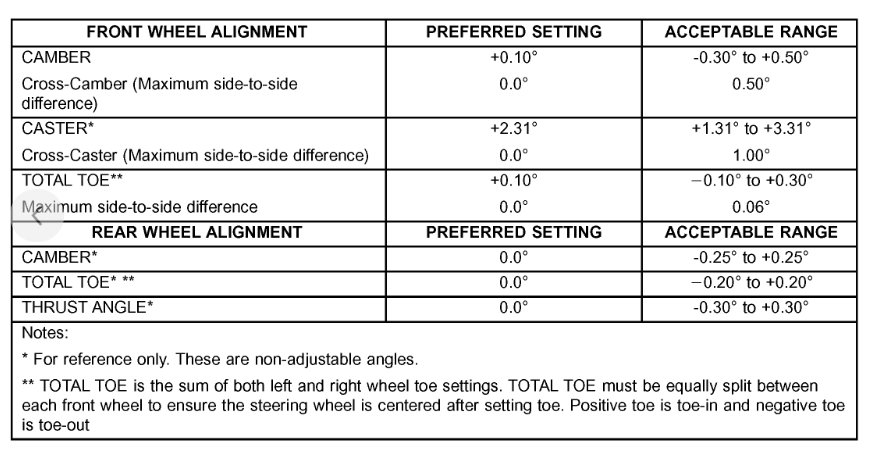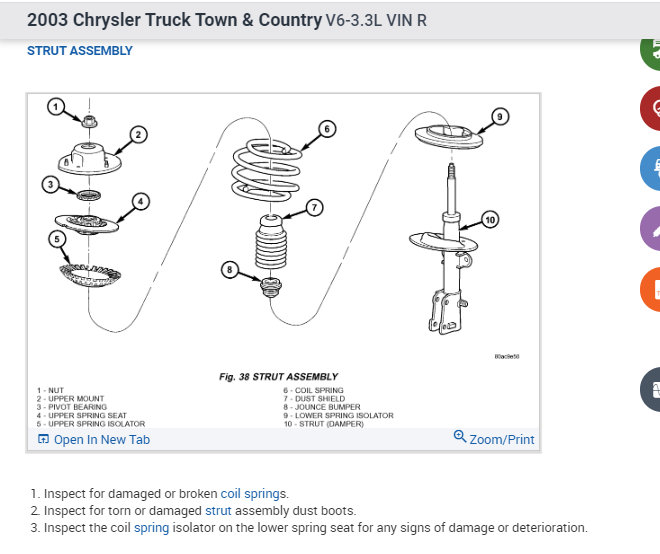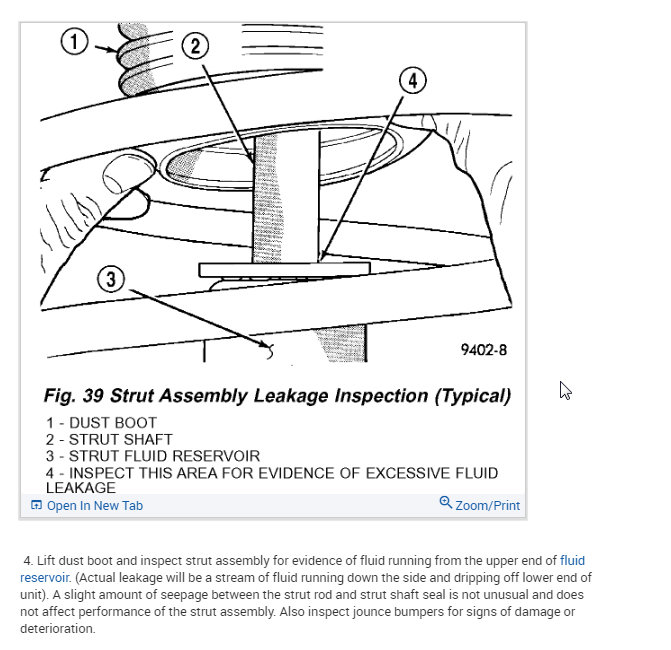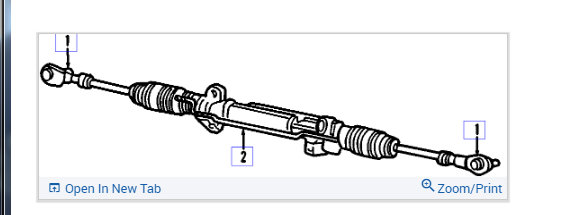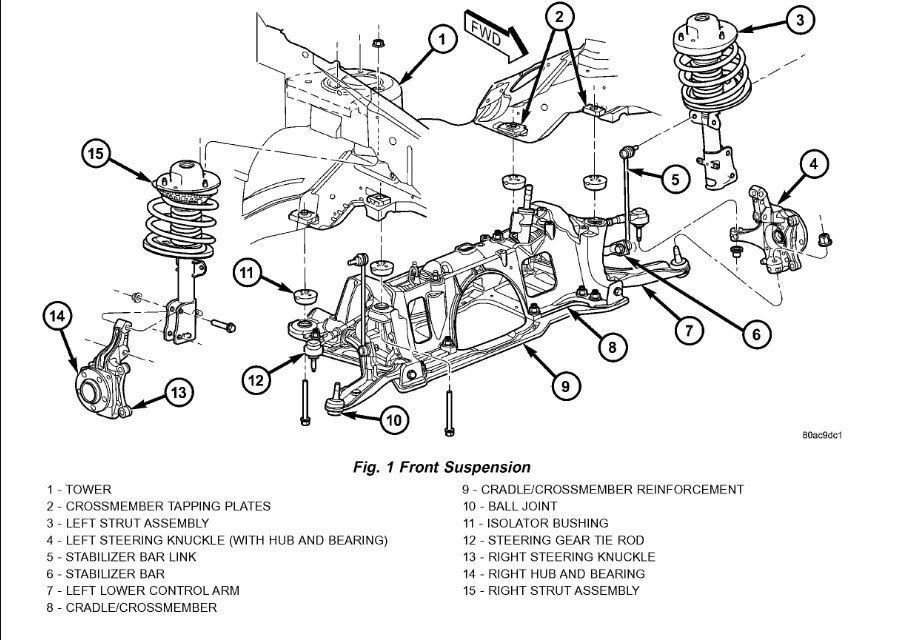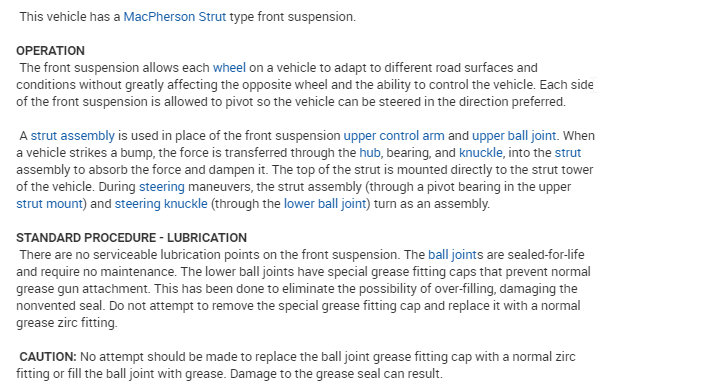I'll take a guess the left wheel is turned away from the center of the van. To bring it back to where both wheels are turned away an equal amount would require turning the steering wheel to the right. To say that a different way, to make the van go straight, the steering wheel is off-center to the right.
Of the three main alignment angles, "toe" is the last one to be set for each wheel. Toe is the direction the wheel is steering when the steering wheel is perfectly straight. "Total toe" is the sum of toe on both wheels, and it is total toe that affects one type of tire wear, but it always affects both tires on that axle equally.
For toe to be off far enough that you can see it, either a steering part was just replaced or that wheel slid into a curb and something is bent or shifted. There has to be some recent history leading up to this that you didn't include.
If the wheel hit something, the inner tie rod end could be bent. If that damage is not real severe, we can still realign the van, as long as that tie rod doesn't rub on anything. Inner tie rod ends can be replaced too, but you typically can't buy that part from the dealer's parts department. When I needed to replace one at the dealership, they ordered them from the local auto parts stores.
The alignment spec for total toe for front-wheel-drive vehicles is typically 1/16" toe-in, plus or minus 1/16". That means the fronts of the wheels are 1/16" closer together than at the rears of those wheels. Road forces and braking force will pull the wheels back a little to make them perfectly parallel to each other when you're driving. By the time you get to around 1/4" to 1/2" toe-in or toe-out, you will have miserable handling and a feather-edge pattern will develop on the tire tread. The van can't follow both tires. It will follow the tire with the most weight on it, which is usually the right one until you hit a bump or cross an intersection, then it will momentarily follow the left tire. The other tire skids sideways just a little as it goes down the road.
To be able to see a wheel is toed-out too far, it has to have a good inch or two of toe-out. That is way beyond what is needed to cause rotten handling.
This can also be a result of "camber" having shifted. That is also usually caused by hitting something, but it can be caused by failure to tighten the two lower strut bolts sufficiently. The front strut is shown in this photo. The enlarged section shows the lower mounting hole is elongated. That's the one with the red arrow pointing to it. By loosening the bolts that go through those two holes, that wheel can be pushed in on top or pulled out to set camber. That's how much that wheel is leaning in or out on top as viewed from in front of the van. Camber is the first of the three primary alignment angles we set.
Unlike where total toe always affects wear on both tires equally on that axle, camber only affects that one tire, although it can be off on both wheels. Depending on which way the wheel is leaning, it will cause accelerated wear on the inner edge or the outer edge of the tread, but that wear will feel smooth. Camber also has the greatest effect on pulling to one side when you let go of the steering wheel. A tire wants to pull in the direction it's leaning. Besides being in specs for good tire wear, it is also important for camber to be nearly equal on both sides. We always set the left wheel with a slight pull to the left more than the right one's pull to the right to offset "road crown". That is where roads lean to the right for water to run off.
The important point about camber is with this type of lower strut mount, we rely on the two bolts to be tight enough so the one in the elongated hole doesn't slip. If that wheel takes a hard enough impact, either the strut is going to bend or those bolts are going to slip. A bent strut has to be replaced. If only the bolts have slipped, all that is needed is an alignment to put them back where they need to be.
The second important point with camber is due to the geometric relationship of all the steering and suspension parts, when camber moves, it causes toe to change at the same time. Looking at it the other way, changing toe has almost no effect on camber. That's why we always set camber first, then readjust toe last. When camber shifts and causes toe to change, you may not be able to see the incorrect camber, but toe can be off enough to be seen, as you described.
Due to the design of your steering system, the most common results of sliding a tire into a curb is the bottom of the wheel gets forced in, and the top moves out. In other words, the wheel now leans out on top in the direction the vehicle slid into that curb. By tipping out on top, the geometric relationship of the steering linkage causes that wheel to turn in that direction too. If you were sliding sideways and the left wheel hit the curb, typically you'd find the left wheel is tipped out on top and it is steering to the left when the steering wheel is straight.
Once I know what led up to this, we can decide on the best course of action.
Image (Click to make bigger)
Sunday, February 9th, 2020 AT 3:45 PM
